Safety Last! (1923)
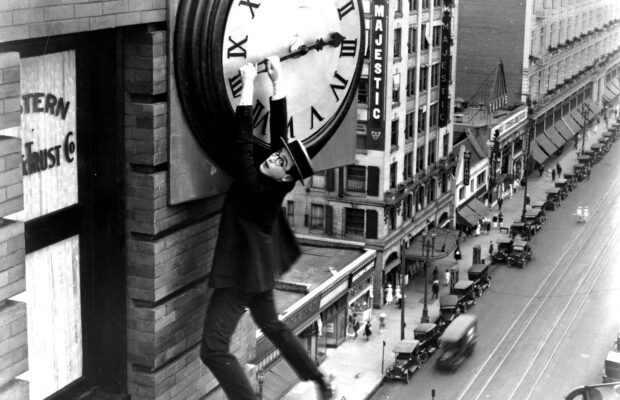
Toronto Film Society presented Safety Last! (1923) on Monday, February 13, 2023 as part of the Season 75 Monday Evening Film Buffs Series, Programme 5.
Produced by Hal Roach; Directed by Fred Newmeyer and Sam Taylor. Story and Screenplay by Hal Roach, Sam Taylor and Tim Whelan. Film editor, TJ. Crizer. Photographed by Walter Lundin. Camera assistants, Harry Gerstad, Ed Norris, and Fred Guiol. Production assistants, C.E. Christensen and John L. Murphy. Art direction, Fred Guiol. Titles by H.M.Walker.
Cast: Harold Lloyd (The Boy), Mildred Davis (The Girl), Mae Wallace (Her Mother), Bill Strother (The Pal, Limpy Bill), Noah Young (The Law), Westcott B. Clarke (Mr. Stubbs, Head Floorwalker), Earl Mohan (The Drunk), Mickey Daniels (The Kid), Charles Stevenson (Ambulance Attendant), Gus Leonard (Office Worker), Helen Gilmore (Customer), Anna Townsend (Customer), Roy Brooks (Window Watcher), William Gillespie (Store Manager).
Young Mr. Jazz: Safety Last! and Harold Lloyd’s climb to the heights of 1920s Hollywood.
A man in a straw boater dangles desperately from the hands of a skyscraper’s massive clock. It’s one of the most — if not THE most — iconic images from silent film.
Who he is or how he got there doesn’t seem to matter anymore. It’s seldom seen in context; it just seems to be a symbol of something… but I don’t think anyone could really tell you what.
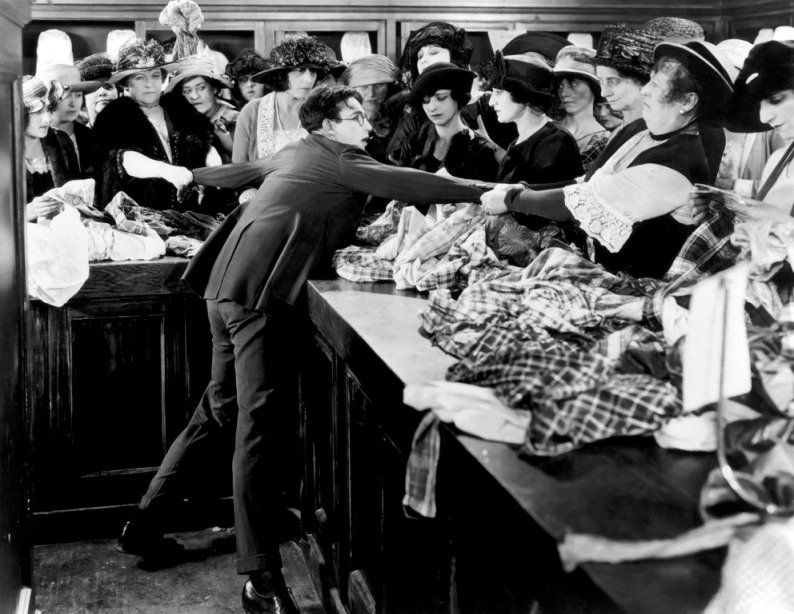
The man is Harold Lloyd. And the image defines him. But who is Harold Lloyd? At least Charlie Chaplin was christened “The Gentleman Tramp”; Buster Keaton was the “The Great Stone Face”. You get a whiff of what’s within them. But Google “Harold Lloyd books” and — if you find anything — you’ll see such mundane titles as “Harold Lloyd: Master Comedian” (okay, sure); “The King of Daredevil Comedy” (is that it?); and “The Man on the Clock” (it doesn’t get more basic than that). When you consider those definitions within the whole of Lloyd’s work, they’re absurdly underwhelming. Seriously, is that the best they could do?
*Do that with Chaplin or Keaton and you’ll find dozens upon dozens upon dozens of tomes… which says a lot.
But I think I found the three words that can best sum up Harold Lloyd – as a character, as a comedian, as a person – hiding in plain sight in the title of one of his dozens of 1919 one-reelers:
Young Mr. Jazz
Harold Lloyd and all he represents is 100% jazz age. Youth. Vim. Vigour. Vitality. He wouldn’t have been born outside of that era and couldn’t exist beyond it.
And yes, Safety Last!, released early into the third year of the Roaring ‘20s, is Harold Lloyd’s defining film. In so many ways, the film’s a metaphor for Harold’s own life (at least up until 1923) – if not his very existence.
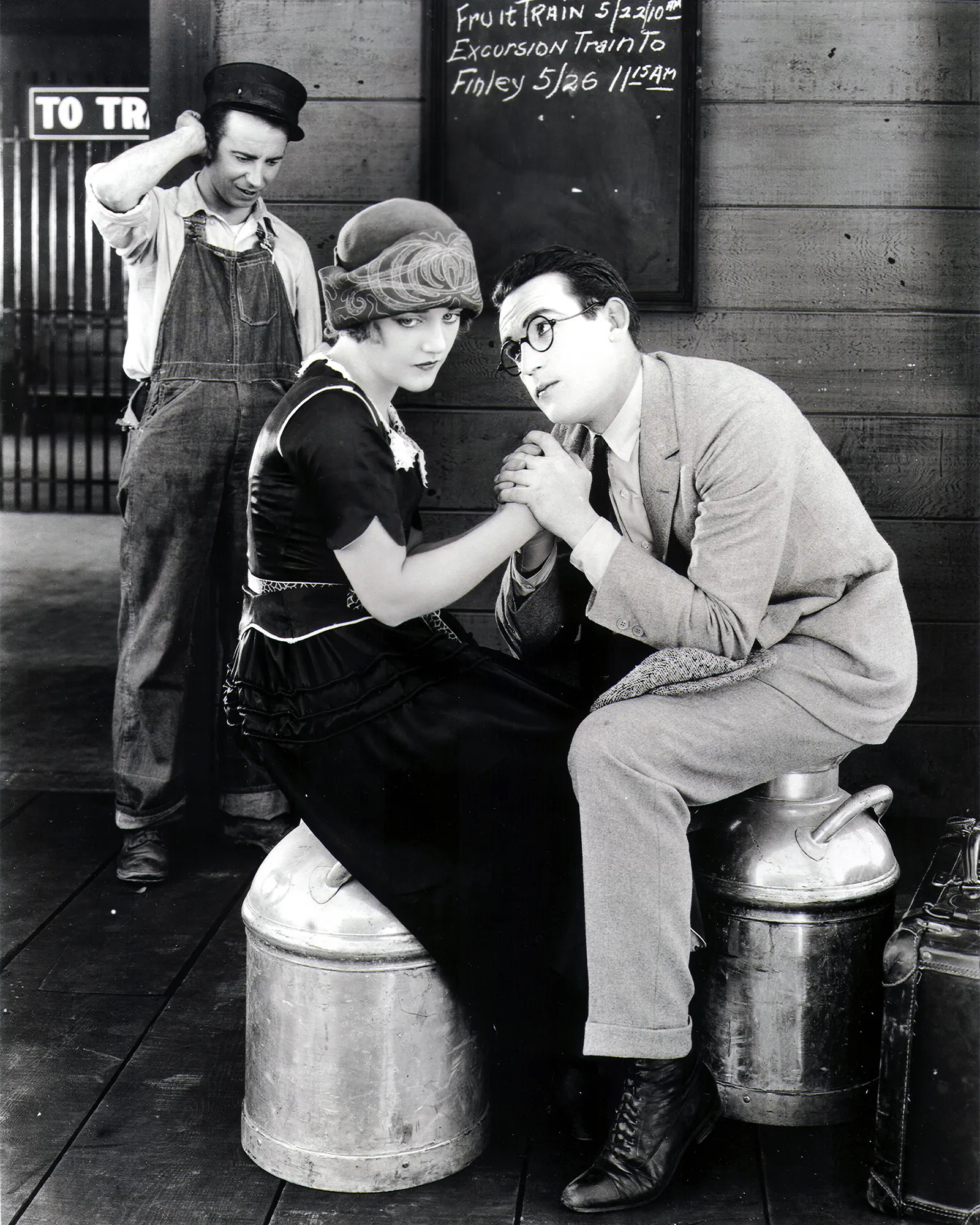
Safety Last! opens with Harold — just “Harold”, although a paystub identifies him as “Harold Lloyd”, the only time he’d use his real name in a feature film, which tells us something — bidding his girl goodbye at the train depot. As young men of the 1920s were wont to do, Harold leaves his small-town life and small-town sweetheart behind to seek success and fortune in the big city. (The bait & switch gag that gives us the impression that he’s in jail is a pretty blunt metaphor for the prison small towns represented to flaming youth.)
As a young man, Harold knocked the dust of Omaha off his clothes, flipped a coin with his dad “Foxy” to determine where their future lay (heads, New York; tails, California), and found himself in Hollywood. As an extra and bit player who’d do anything for 2 bucks plus lunch a day, he met up with another like-minded soul, Hal Roach. Hal soon came into a modest inheritance, and the two pals decided to make their own movies. Roach would produce, Harold would star.
Harold looked at things very clinically. In 1915, Chaplin was hot. There was money to be made in comedy. So, Harold paired with producer Hal Roach to create a Chaplin-wannabe character named “Willie Work”. When Willie Work didn’t work, Lloyd went back to the drawing board and came up with another faux Chaplin named “Lonesome Luke” – a moderately successful character that brought Roach plenty of bank but was a one-way road to nowhere.
Unlike Chaplin or Keaton, Harold Lloyd was not a naturally born comedian. “Comedian” was a role he knew he could play, and nobody played it better. But what kind of comedian would he be?
He opted for normalcy. He donned a pair of spectacles and became “the Boy”. He’d be Young Mr. Jazz.
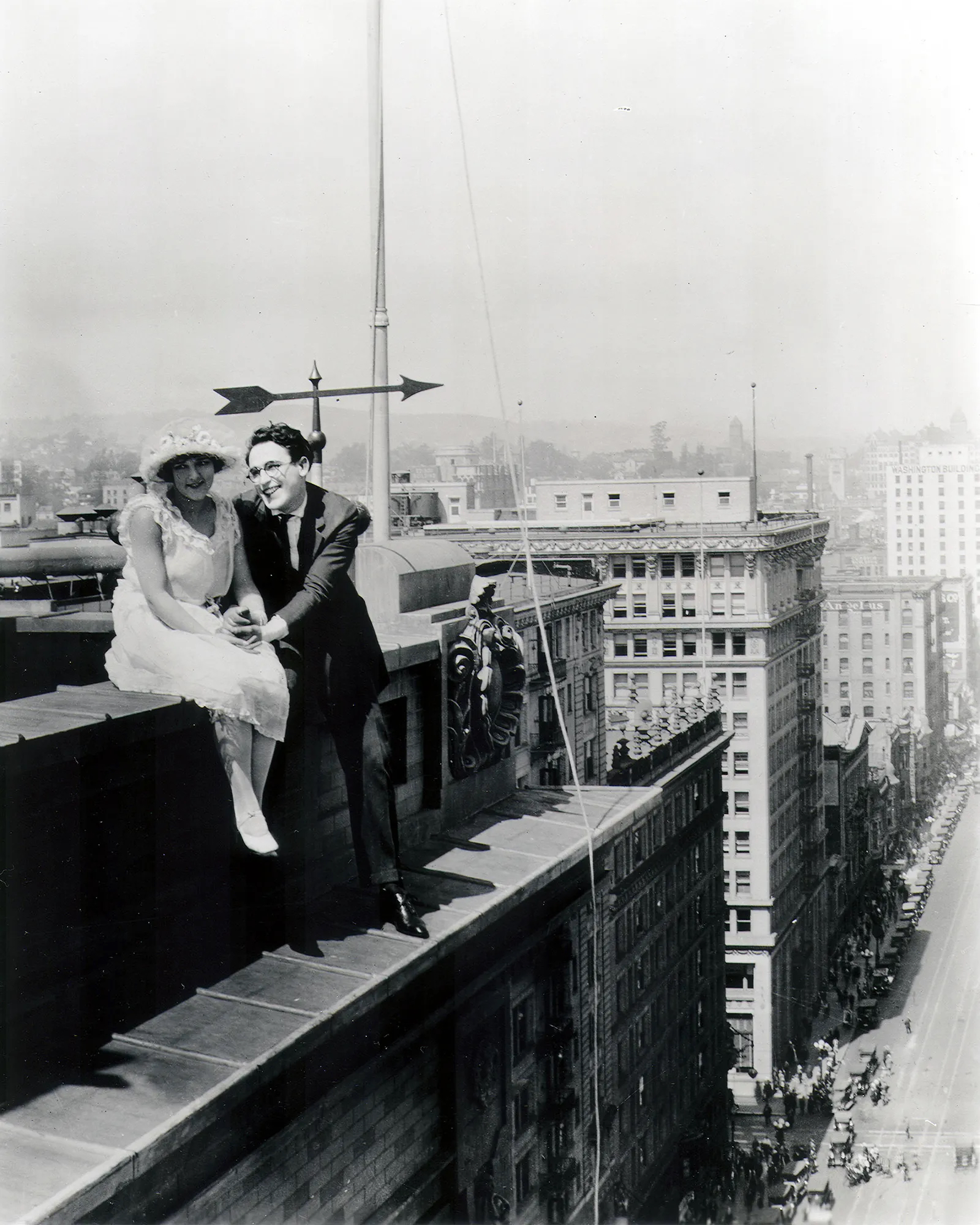
So, back to Safety Last!. The movie’s “Harold Lloyd” and reality’s Harold Lloyd were one and the same. Like “the Boy” in Safety Last!, Lloyd’s success in his real life was the product of his inherent ingenuity and a deep-from-within indefatigability. Call it moxie, call it gumption, call it grit. Whatever it took to win, he’d do it.
So, up the side of the building he climbs, brick by brick, story after story — leaving Omaha behind, rising above Willie Work and Lonesome Luke, ascending into Hollywood superstardom. Yes, there’d be obstacles, but he’d persevere. Nobody is more tenacious than Harold Lloyd.
(Side Note: In April 1919, Harold blew off a chunk of his right hand when a prop bomb exploded in his mitt – that same right hand pulled him up the building in Safety Last! Harold wouldn’t let the loss of a thumb and index finger stop him.**)
**If you look closely at the last few seconds of the episode of What’s My Line? being shown at the screening, you can glimpse Harold’s disfigured hand as he extends it in greeting to the guest panel.
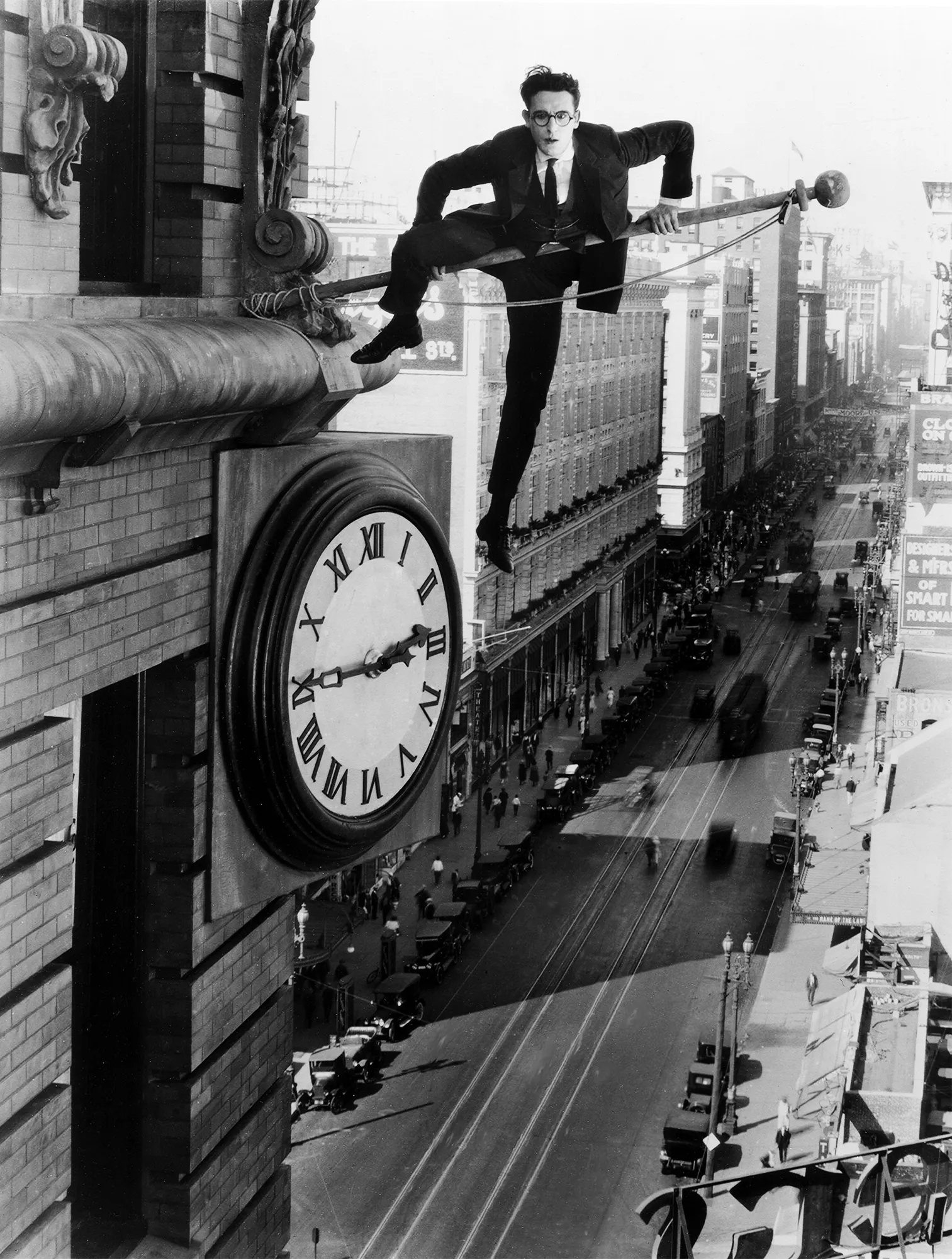
In the end, he reaches the top. Whew! Both Harolds have literally reached the pinnacle of success – the girl in his arms (Mildred Davis, whom he’d marry a fast two weeks after production wrapped up), and the rosiest of futures ahead. Nowhere to go but up from here… why not?
Why not indeed. Throughout the ‘20s, Harold Lloyd was one of the hugest stars of the silent era. He had his own studio, where he was in total control. Every film was box office boffo, regularly outdrawing Chaplin, Keaton, you name them. He built a glorious mansion, Greenacres, rivalled only by Pickfair in its sheer opulence. Gold leaf would shower from the ceiling when the massive pipe organ played. He and Mildred had three children. Life was beautiful for Harold Lloyd.
And now that the metaphor of the skyscraper has been beaten to death, let’s go back to the clock.
The 1930s weren’t all that kind to Young Mr. Jazz. Yes, prosperous Mr. Lloyd was wealthy and successful beyond his wildest dreams, but a one-two-three punch awaited.
Talkies, the Great Depression that rapidly sucked away any jazz-age joy that still remained in the world (Harold’s first talkie, Welcome Danger, was released three weeks after Black Friday), and the inescapable nature of aging. It was easy enough to be 32 years old playing a recent high school graduate in The Freshman; a 39-year-old guileless youth aspiring to become a Hollywood star in Movie Crazy was, to say the least, pushing it a bit.
He was losing his grip on the clock. Harold tried reverting to bygone thrills with his second talkie, Feet First, but it just wasn’t the same watching (and hearing) a man in his later 30s huffing and puffing his way up a building.
He quietly retreated. Two films a year became a film every two years. Harold did what every successful man of his age and station did – it wasn’t exactly retirement, it was more “keeping occupied”.

He became a producer, was named Imperial Potentate of the Shriners, travelled the world, and pursued multiple hobbies – one being 3-D photography, where scores of beautiful women posed for him, including a young Marilyn Monroe.
He even attempted a comeback: 1947’s The Sin of Harold Diddlebock, in which writer/director Preston Sturges explored exactly what might happen when “the Boy” in Harold’s films becomes “a Man”. It flopped (for lots of reasons, not Harold’s) but it’s a fascinating and delightful film – with one last “high & dizzy” on the ledge of a skyscraper (this time with the safety-first precaution of rear projection.
Yet life remained beautiful for Harold Lloyd. He was deeply involved in charitable work through the Shriners; his marriage to Mildred was lasting; he kept his intellect sharp and his curiosity keen. He even resurrected his old films which he’d long ago banished to the vault; the 1962 compilation Harold Lloyd’s World of Comedy brought Harold a standing ovation at the Cannes Film Festival.
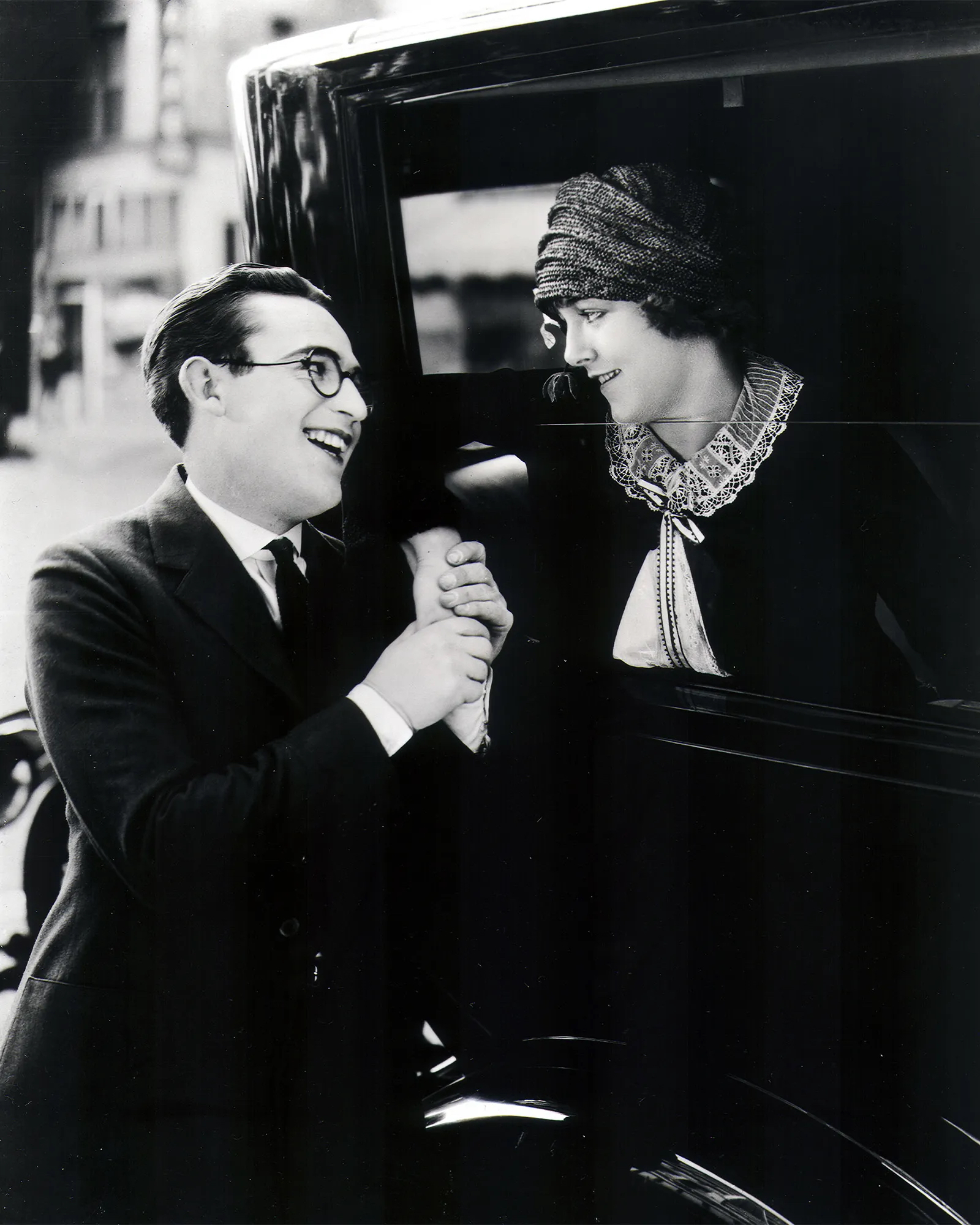
Today, 100 years after Safety Last!’s release, we’re fortunate to see Harold Lloyd’s greatest films glorious restored and still able to rock the house with laughter. Yes, he may have been a product of 1923, but people are people and funny is funny, even in cynical 2023. Watch the film and tell me I’m wrong.
Young Mr. Jazz has proven to be ageless.
Worth watching: How Harold Lloyd made Safety Last! by John Bengston at https://youtu.be/SJsUrv6N5UE
Also on the program:
Over the Fence (1917): the first film that has Harold wearing his trademark horn-rimmed glasses, from the only existing (and somewhat truncated) 9.5mm home movie source.
What’s My Line? (April 26, 1953): Harold is the “mystery guest” on the CBS TV game show to publicize a theatrical rerelease of 1925’s The Freshman.
Notes by Chris Seguin

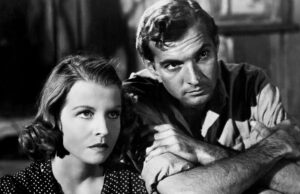
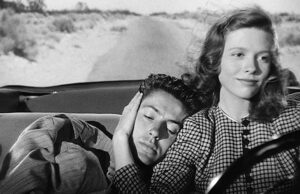
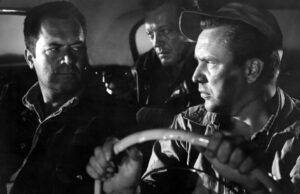






Leave a Reply